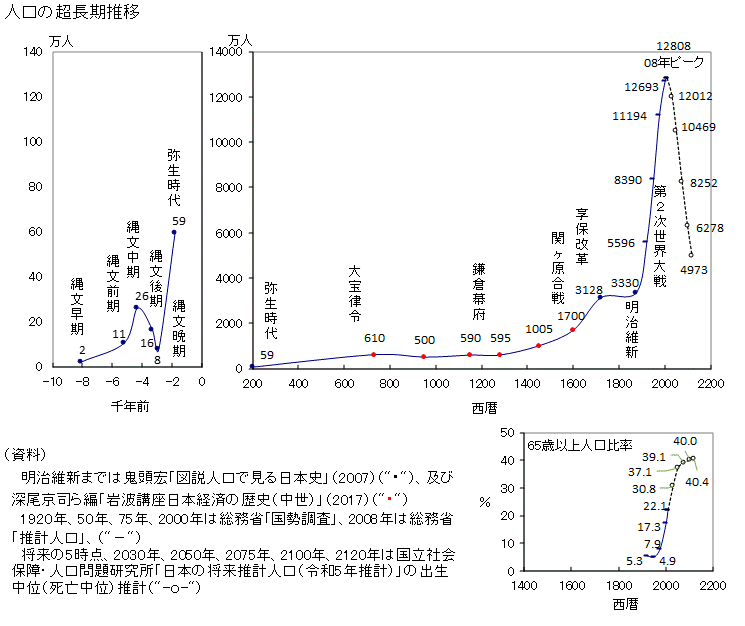Plagues and Peoples William H. McNeill Anchor Press 1974
邦題『疫病と世界史』歴史家が疫病から描いた世界史。疫病を歴史から学ぶ意義を理解できるのが、巻末資料にある中国疫病年表。リストは10ページにもあり、紀元前243年から紀元後1911年までの2100年間で300件ほど。7年に1度の割合で、中国は伝染病と戦ってきたことになる。トランプ大統領が「China plague」と言った場合、300数件あるうちのどれ?と笑ってしまうほど、多くの疫病に苛まれてきたのがわかります。
歴史は、大きなイベントや、政治経済から説明されますが、疫病が世の中に与える影響に正面から取り組んでいます。範囲も狩猟時代から現代までと幅広く、疫病が人間の性質や行動を変えてしまう様子を活写しています。
第1章で印象的なのが、ミクロ寄生(microparasitism)とマクロ寄生(macroparasitism)。前者とは感染のこと。
Microparasites are tiny organisms — viruses, bacteria, or multi-celled creatures as the case may be — that find a source of food in human tissues suitable for sustaining their own vital processes.
p.5
後者は、疫病ように、ある集団が別の集団を支配(寄生)すること。
Macroparasites exhibit similar diversity. Some kill at once, as lions and wolves must do when feeding on human or any other kind of flesh; others allow the host to survive indefinitely.
p.6
栄養を取る、取られるという関係で見れば、疫病も戦争も同じようなことなのですね。寄生する側は、宿主を殺しすぎてはいけないので適度なところで安定共存します。他の生物からみると、人間も疫病のように見えるというのです。
Look at from the pooint of view of other organisms, humankind therefore resembles an acute epidemic disease, whose occasional lapses into less virulent forms of behavior have never yet sufficed to permit any really stable, chronic relationship toestablish itself.
p.20
中国とヨーロッパでの宗教・気候と疫病について触れているのが第3章。
Buddhism of course originated in India, where disease incidence was probably always very high as compared with civilizations based in cooler climates; Christianity, too, took shape in the urban environments of Jerusalem, Antioch, and Alexandria where the incidence of infectious disease was certainly very high as compared to conditions in cooler and less crowded places. From their inception, therefore, both faiths had to deal with sudden death by disease as one of the conspicuous facts of human life. Consequently, it is not altogether surprising that both religions taught that death was a release from pain, and a blessed avenue of entry upon a delightful afterlife where loved ones would be reunited, and earthly injustices and pains amply compensated for.
p.121
疫病を治す、あるいは死に意味を与えることが、宗教が信者を獲得する背景になっていったのですね。イスラエルなど地中海は温暖で、疫病が流行りやすかった。病を逃れて、欧州の重心が北上したという説もありました。
中国では、気温の高い華南に疫病が多く、華北人が耐性を獲得するために時間がかかったので、華南の開発が遅れたというのは、興味深い指摘です。(p.122)
イギリスや日本のような島国は、疫病が海を超えてくると、劇的な人口減が起こりやすい(p.124) 。552年に大陸から仏教が伝わると、(おそらく)天然痘が流行。その後も、585,698,735-737, 763-764, 790と13世紀まで定期的に疫病が流行。808年に人口の半分を失ったと言われる疫病は、中国沿岸から伝わったペストだったもよう。13世紀ごろから人口が増え始めたのは、疫病を制御できるようになってから。日本の人口は、p.126。
ca. 823 3.69 millions
859-922 3.76
990 – 1080 4.41
1185-1333 9.75
こちらのチャートをみると、たしかに13世紀までの600年間、人口が増えてません。

16世紀に入ると大航海時代。疫病も世界中に伝播していきます。1505年に、梅毒やチフスが日本にも来てたのですね。p.193
紀元前500年から紀元1200年までの各文明圏の交流とその結果としての疾病の伝播、紀元1200年から1500年までのモンゴル帝国の勃興とペスト伝播、紀元1500年から1700年までの新大陸の「発見」と天然痘、チフス、はしか、黄熱病の新大陸への持込み、1700年以降の医学の発展と「疫病」との闘い
最後は、こちらの言葉。
Ingenuity, knowledge, and organization alter but cannot cancel humanity’s vulnerability to invasion by parasitic forms of life. Infectious disease which antedated the emergence of humankind will last as long as humanity itself, and will surely remain, as it has been hitherto, one of the fundamental parameters and determinants of human history.
2020年は、まさに、これを噛み締めて終わる年でした。歴史上、こんなに頻繁に疫病が流行してきたなら、私が生まれてからの半世紀は、どれほどラッキーな時代だったのかと思います。今回のCOVID-19の流行の背景は、都市化でしょう。戦後70年で、都市部の人口は6倍になりました。
それにも関わらず、疫病を抑えてきたのは、暮らしが豊かになり、公衆衛生が改善したおかげでしょう。しかし、それも2020年に限界に達しました。
歴史を振り替えると、人類が、狩猟、農耕、工業、サービスと、生産性を高めるについれて人口が増え、その度に疫病が流行るのがわかります。
コロナ前に疫病に悩まされなかったことに感謝し、これからも、疫病と退治する覚悟ができる本でした。
では。



